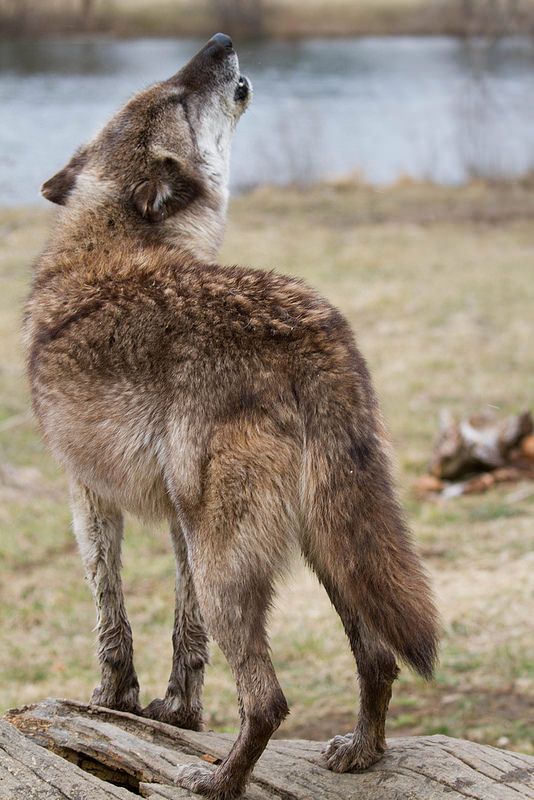 Early Hazards of Teaching
Early Hazards of Teaching
By: David Heighway, Hamilton County Historian
With the start of the school year, it’s time to look at early education in the county and see some of the changes. The first schools dealt with many things that teachers would recognize today, including a lack of supplies and spotty attendance (by teachers as well as students). However, an aspect not usually thought of was dealing with wild animals. I’ve done blog posts about squirrels, mythical big cats, and a river monster, but now I’ll talk about a dangerous animal that was very real – wolves. In the early 19th century, they were common in this area.
In his 1911 book about the history of the Carmel area, “Reminiscences of the long ago”, Zina Warren wrote:
“One night the wolves were howling and they had forgotten to shut the hogs up, and my elder brothers went in the dark to shut them up. Another time they neglected to put the sheep in the fold, and in the morning “A field of the dead rushed red on their sight, and the lambs and sheep were scattered in the fight.” A long pasture field was strewn with dead sheep from one end to the other…”
Augustus Finch Shirts wrote in his 1901 book “A history of the formation, settlement and development of Hamilton County, Indiana, from the year 1818 to the close of the Civil War”:
“The wolves were very plentiful and were very bold and troublesome, frequently coming near to the buildings and picking up pigs and lambs and carrying them off. They sometimes attacked young calves, so that the pioneers, in addition to the vast amount of hard work to be done, were compelled to be on the watch for these and other wild beasts. The wolves were shot to death whenever and wherever found. They were also caught in traps. In fact, a regular fight was made against them with a view to their extermination.”
Occasionally, the wolves fought back. The most well-known attack happened because of the first school in White River Township. It was near Strawtown on the farm of Michael French, and was in session during the winters of 1822-23 and 1823-24. The teacher and near-victim of the attack was Dr. Amos Palmer. He was the first physician in Strawtown, County Assessor in 1837, and County Auditor in 1846.

According to A. F. Shirts:
“Dr. Amos Palmer, while teaching school at Strawtown, made his home with John Finch, four miles southeast of Noblesville. His habit was to leave the vicinity of the school house on Friday evening and Finch’s on Sunday evening. On one occasion, there being good moonlight, he left the Finches after nightfall. Palmer was making the trip on foot. The route was mainly through the woods. He followed a trace leading from the Finch place to Strawtown. This trace crossed Stony Creek near the north line of lands now owned by Charles Zeis. There were plenty of wolves and panthers in the woods and occasionally a bear, so Palmer secured a good stout stick before starting from Finch’s. Soon after crossing Stony Creek he was suddenly attacked by a number of wolves. Although taken by surprise, he used his stick as best he could and succeeded in keeping them off of himself. He finally found a low limb upon a tree, which he believed he could reach by a vigorous leap. He made the effort and succeeded. He was for the time being safe, although the wolves made several attempts to reach him, but without success. How long he remained in this tree he could never tell. The welcome crack of the rifle and the barking of dogs gave him great comfort. The wolves on hearing the gun crack and the dogs bark left at once and Palmer was safe. To a party of hunters near by with their dogs Palmer owed his escape.”
The Finch farm was near the present intersection of Highway 38 and Boden Road.
Shirts said that wolves could still be heard howling in Noblesville Township in 1830. However, the hunting took its toll. In 1859, there were only three wolf hides sold in Noblesville. Most naturalists think that wolves were gone from state by 1908.
